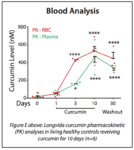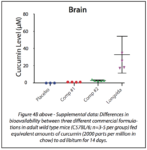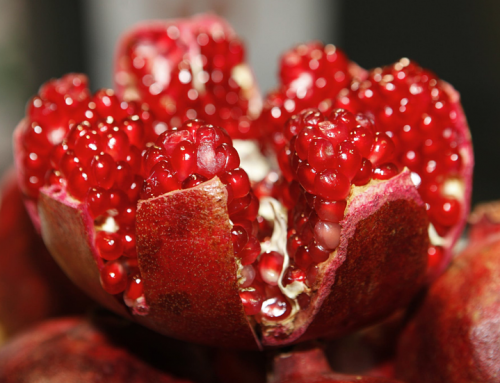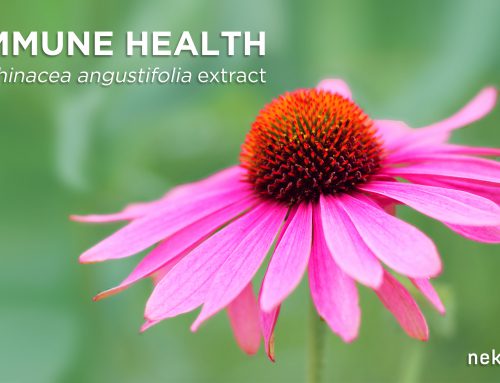A recent clinical publication in a peer-reviewed journal, JCI Insight, o ers a practical, noninvasive approach to detect and monitor discrete retinal amyloid deposits in patients using solid-lipid curcumin and a modi ed scanning laser ophthalmoscope. The researchers conclude that the concept may lead to a practical and feasible approach for large-scale AD diagnosis and monitoring.2
The researchers present an extensive amount of quantitative and histological reports including comparative curcumin data (water soluble, 95% curcuminoids, Longvida®) pharmacokinetic information, dose and regimen calibration, as well as human clinical data.2
In one retinal imaging proof-of-concept report (n = 16), Longvida® Optimized Curcumin was administered orally in healthy and AD subjects. Fundus images showed increased uorescent intensity in retinal deposits at days 1 and 10 compared to baseline. The researchers found that the Longvida oral curcumin formulation consistently co-labeled Aβ plaques.2
Further, pharmacokinetic analysis in six subjects on a 10-day regimen of Longvida® Optimized Curcumin indicated a signi cant increase in curcumin levels in both free plasma and red blood cells (see Figure E).2
Tissue curcumin levels in red blood cells (RBCs) and free curcumin in plasma
peaked at day 10 (P < 0.0001). The results of free curcumin analysis in plasma and
RBCs at day 30 (washout) con rms previous reports of extended transfer of
Longvida’s curcumin into the bloodstream and other target tissues1. “The high bioavailability of optimized curcumin was established by increased tissue absorption of free rather than glucuronidated or other curcumin metabolites from the gastrointestinal system to the blood stream.”2
Supplemental data compared three commercially available curcumins for their absorption into the brain and red blood cells, resulting in the highest brain concentrations of free curcumin obtained with Longvida® Optimized Curcumin (see Figure 4B).2
“We are extremely honored to have Longvida® included in this ground breaking trial by such an accomplished group of research experts,” says Kristen Marshall, Marketing Coordinator at Verdure Sciences. “Not only is this an incredible trial, but the publication is incredibly extensive and includes such an immense wealth of information and data that is unlike any other publication to include Longvida. Further, the potential implications of this proof-of-concept trial are profound and very exciting to be a part of.”







